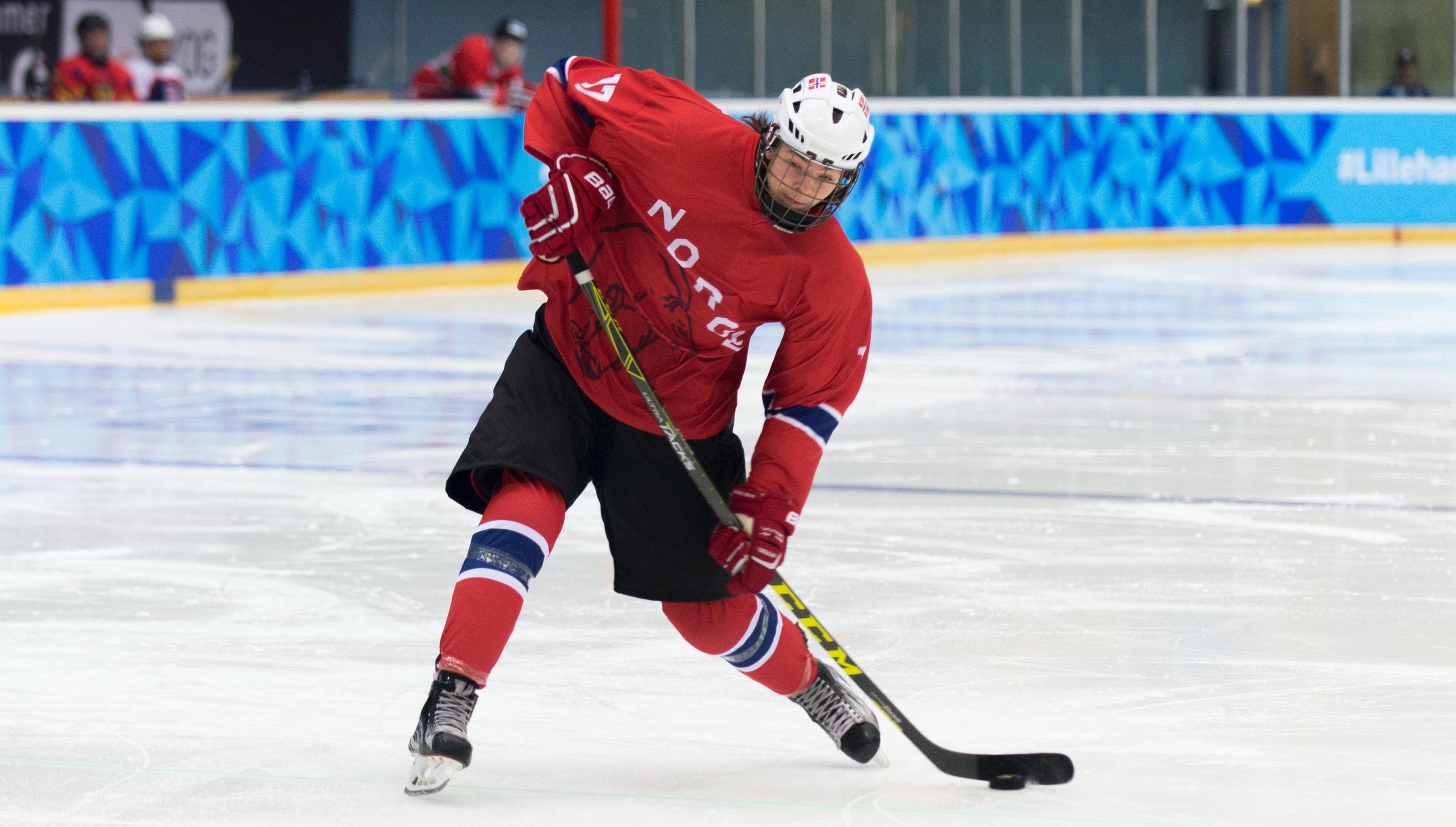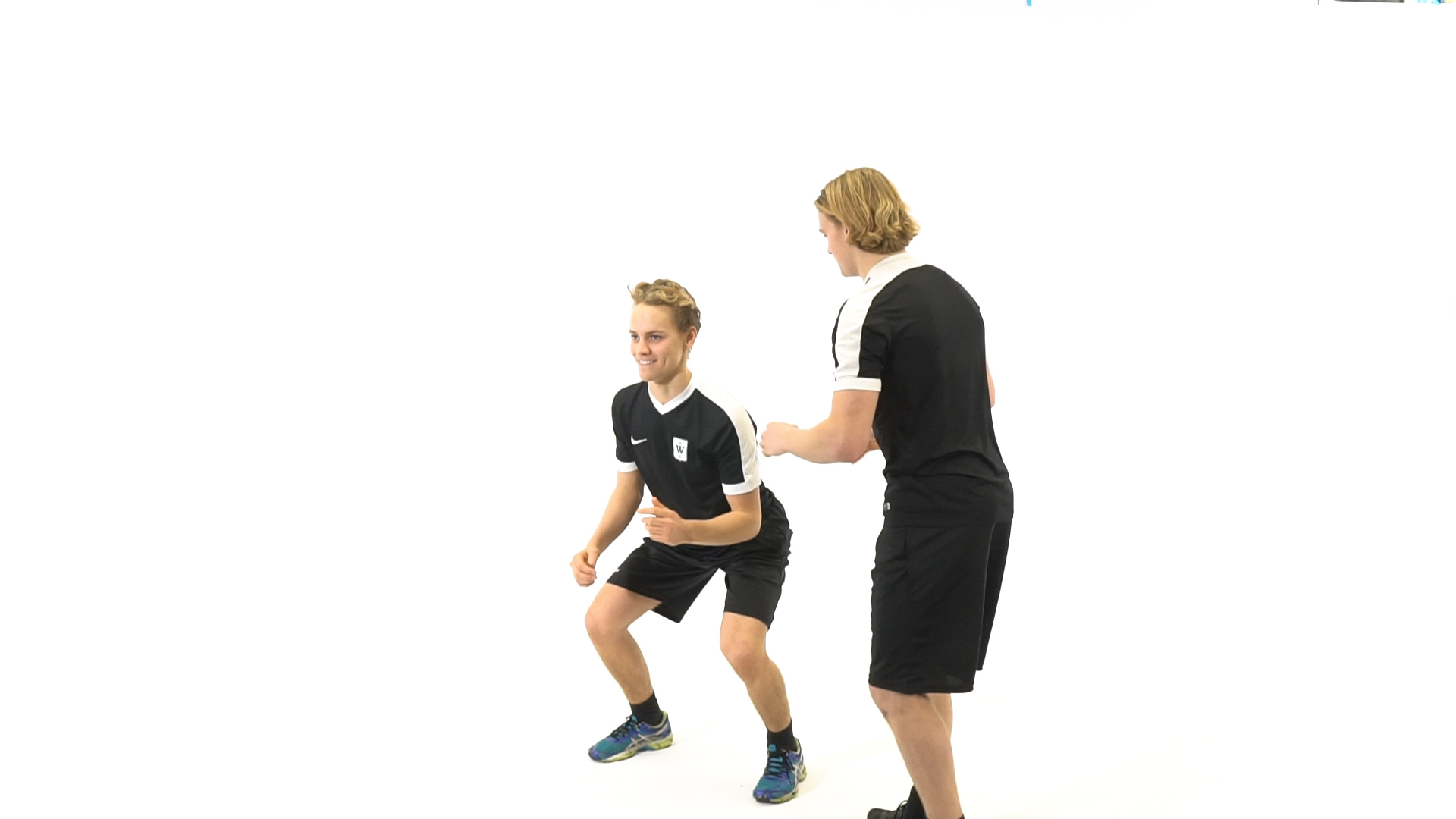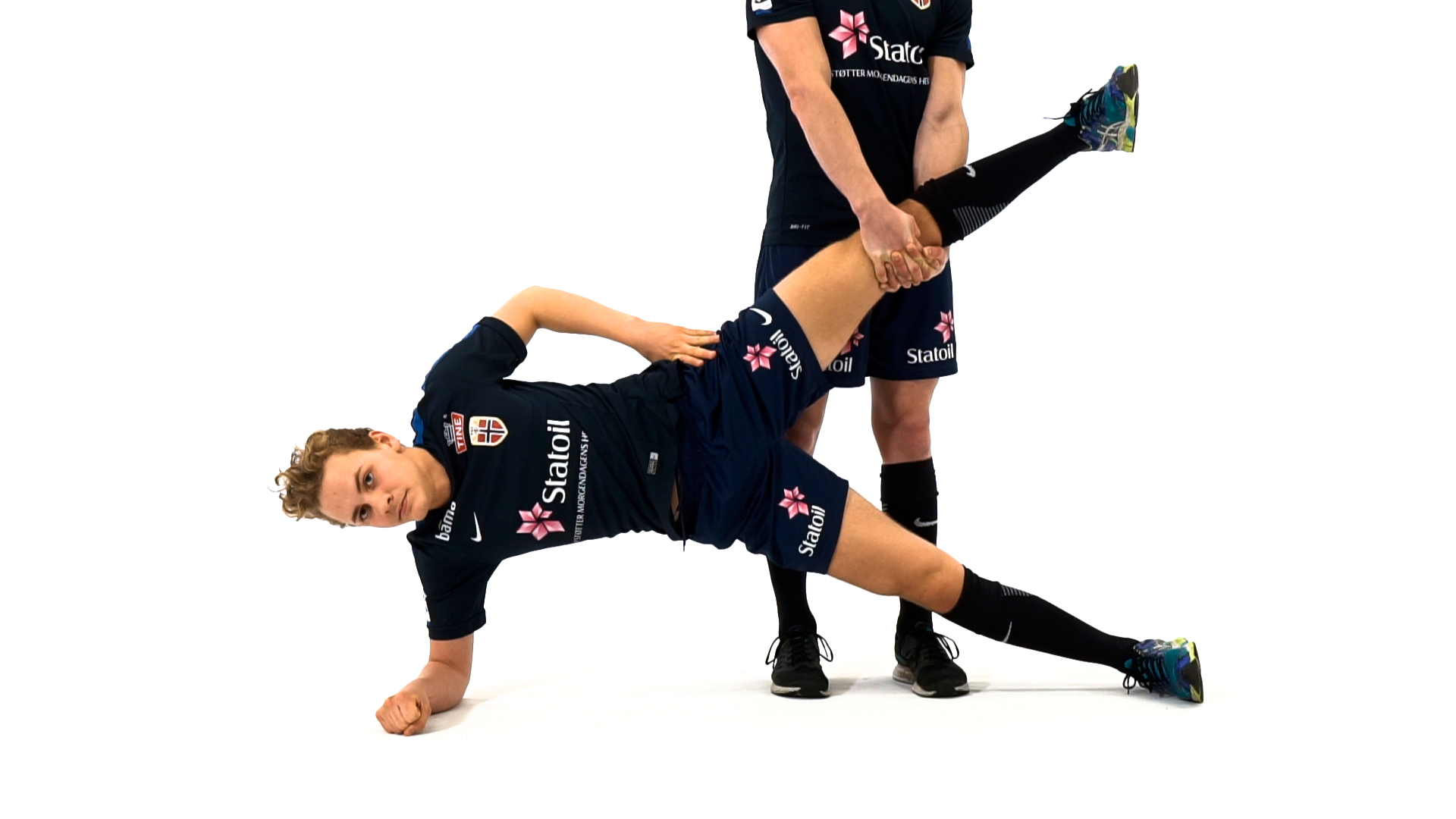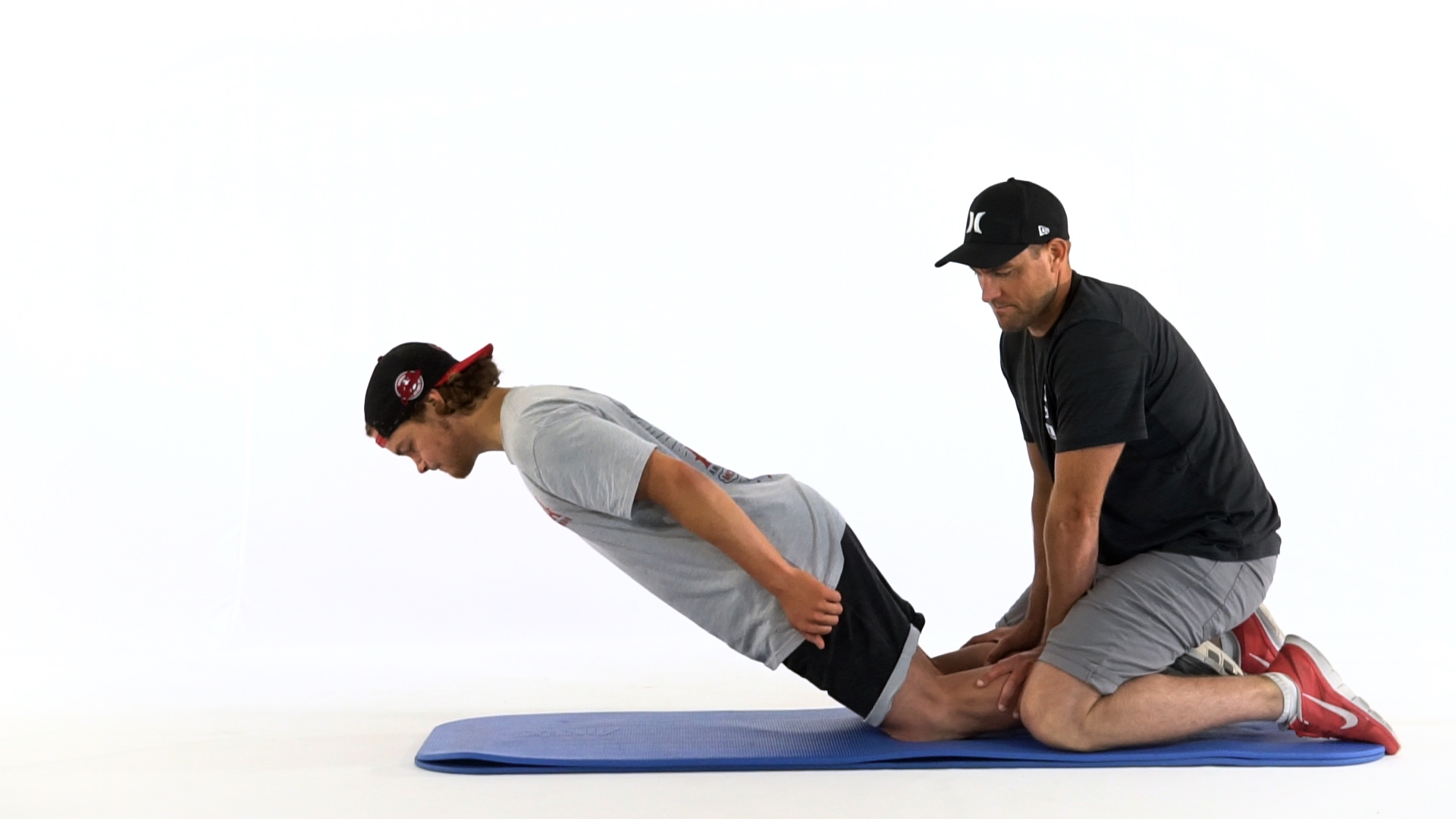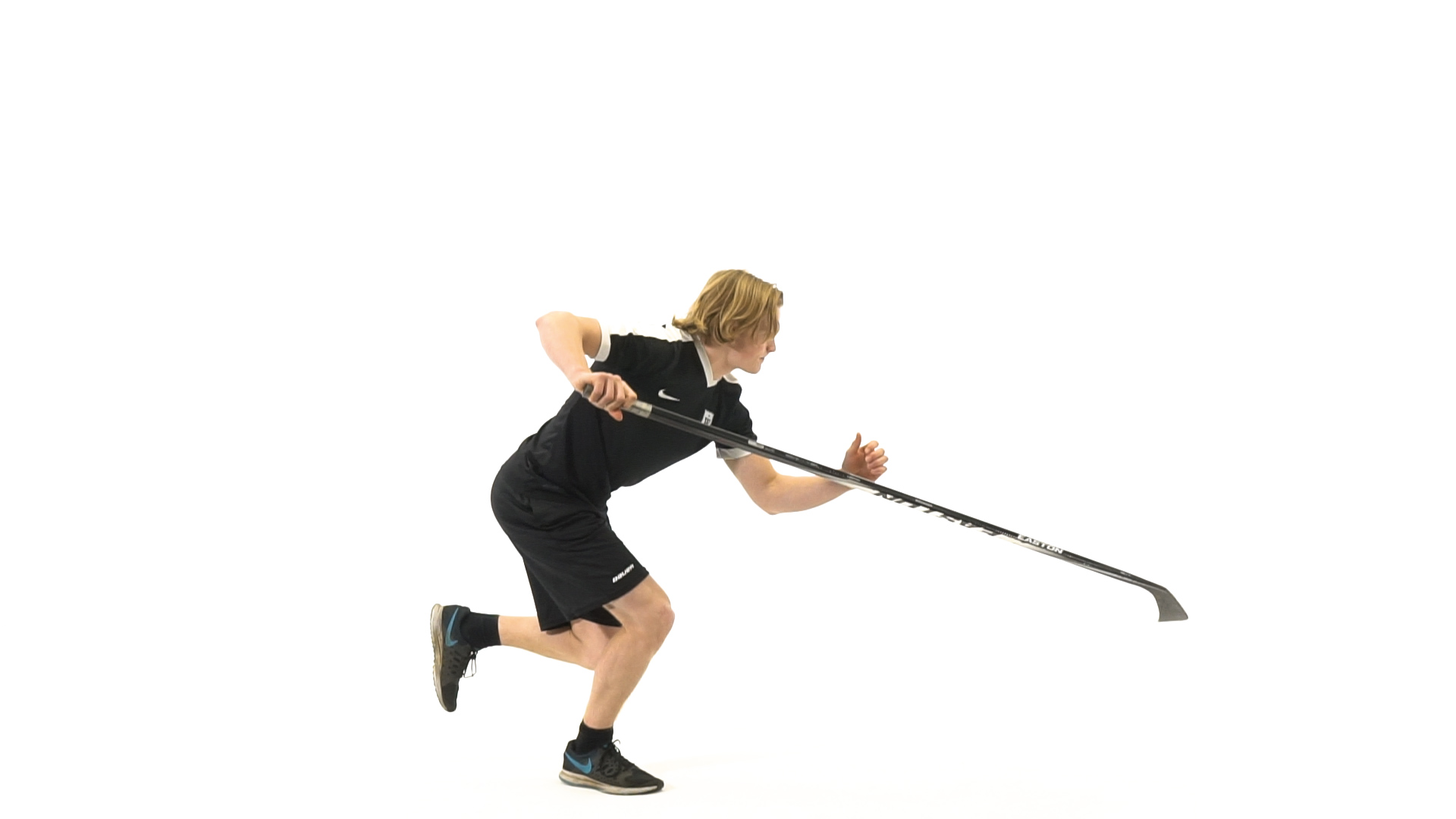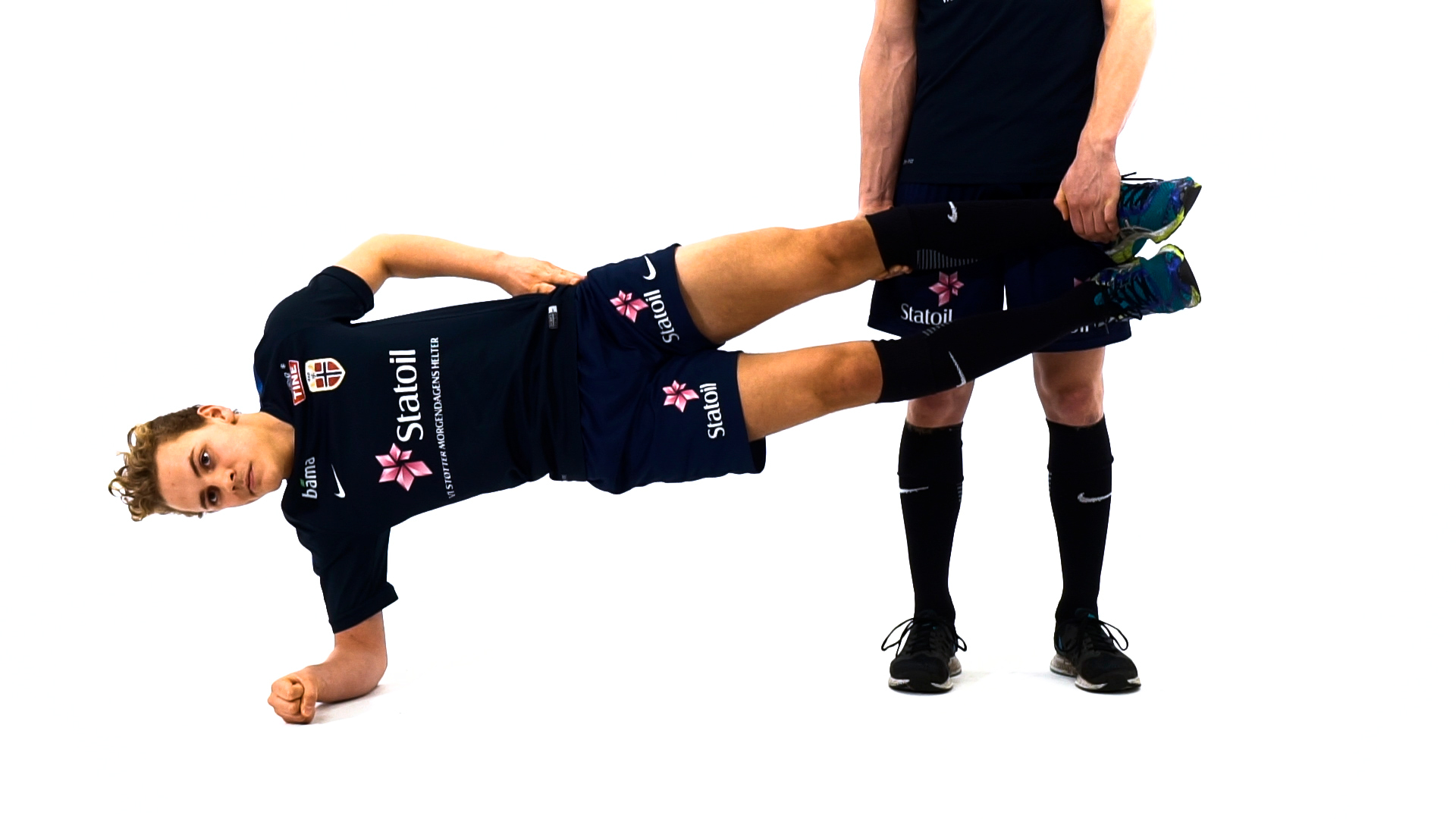Level 1
The program consists of 3 levels of progression. When you master these exercises, you can move on to the next level.
-
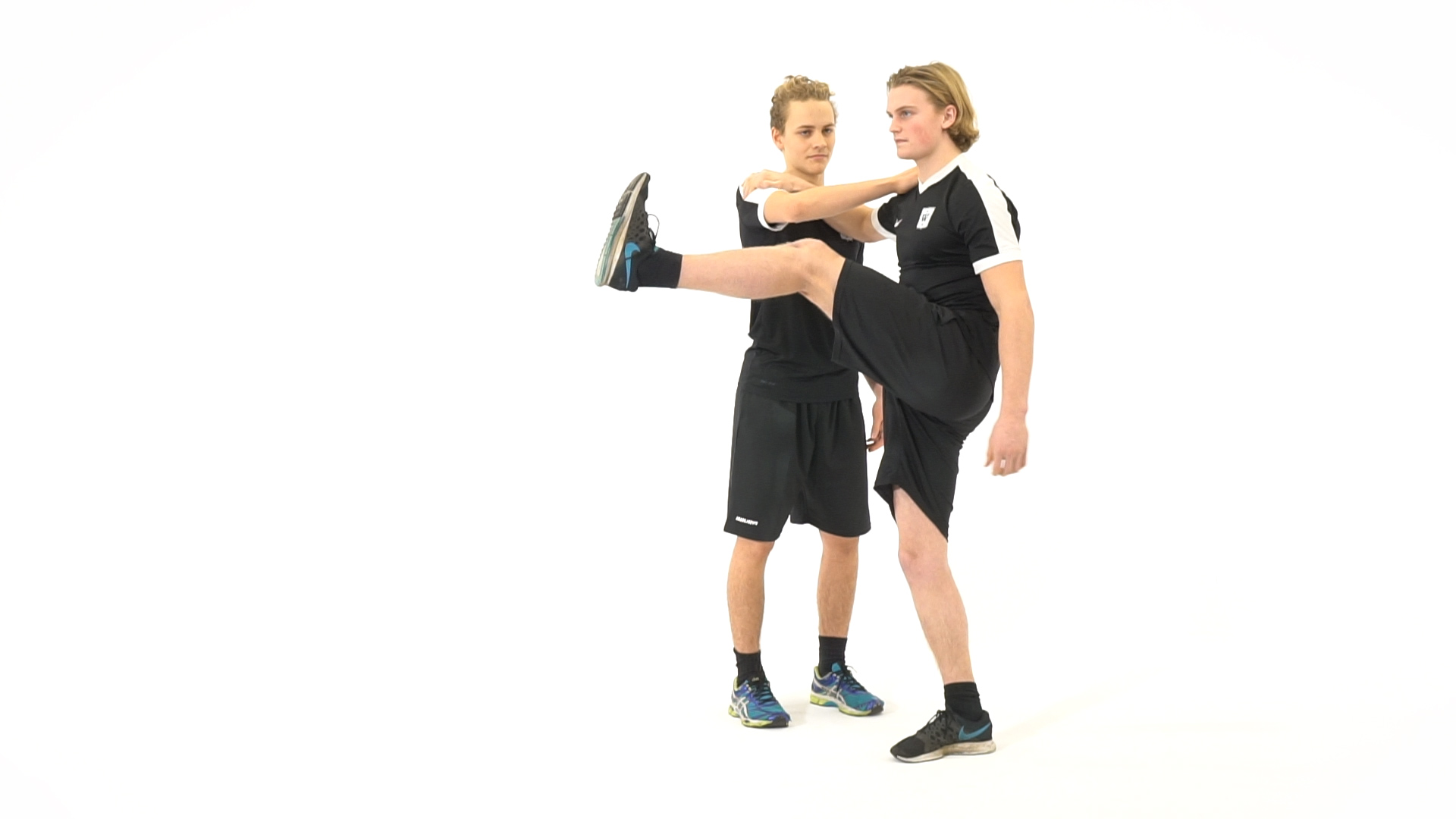 Play video
Leg swing3 x 30–60 seconds
Play video
Leg swing3 x 30–60 seconds -
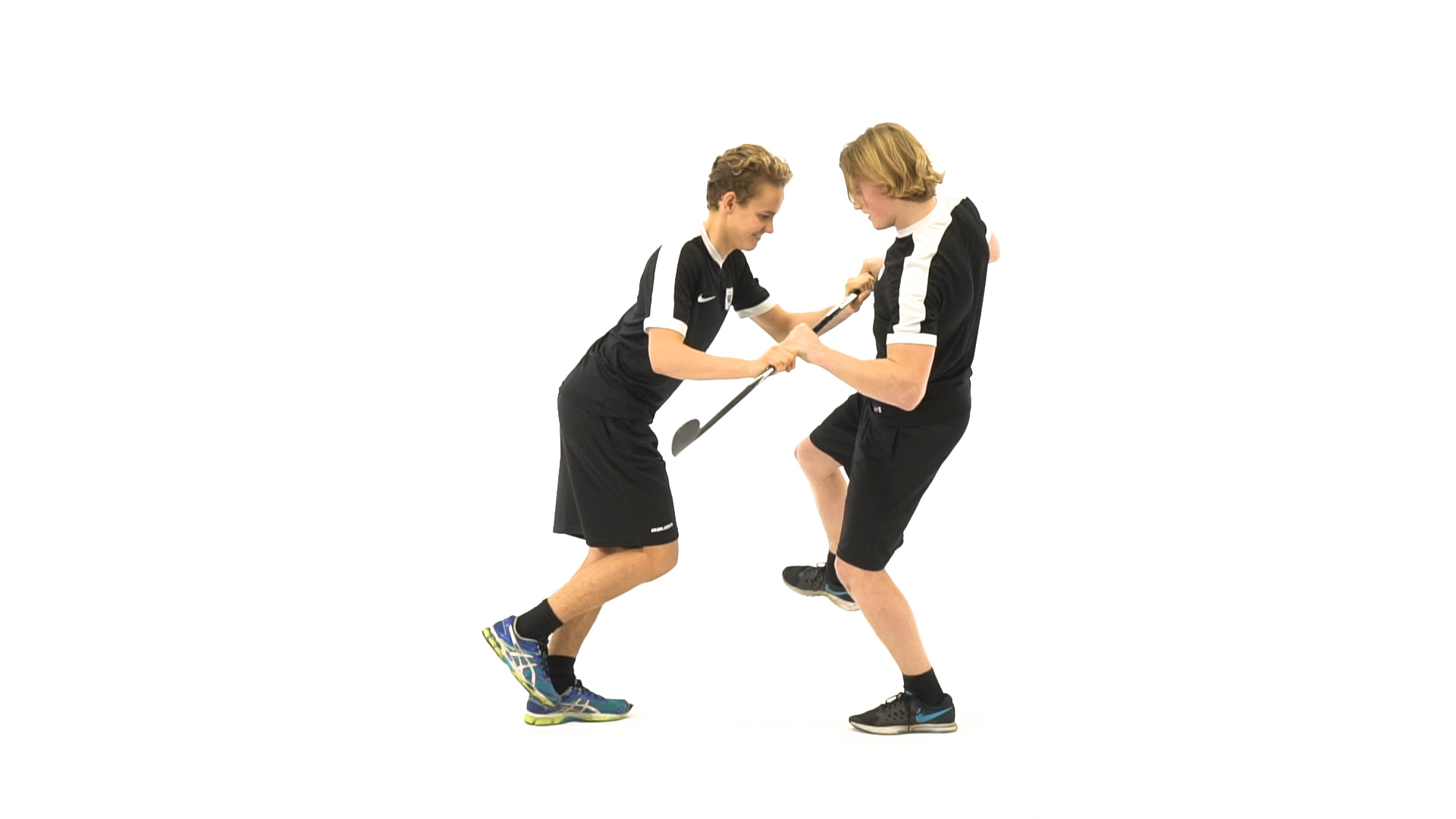 Play video
Single-leg stick wrestle3 x 30 seconds
Play video
Single-leg stick wrestle3 x 30 seconds -
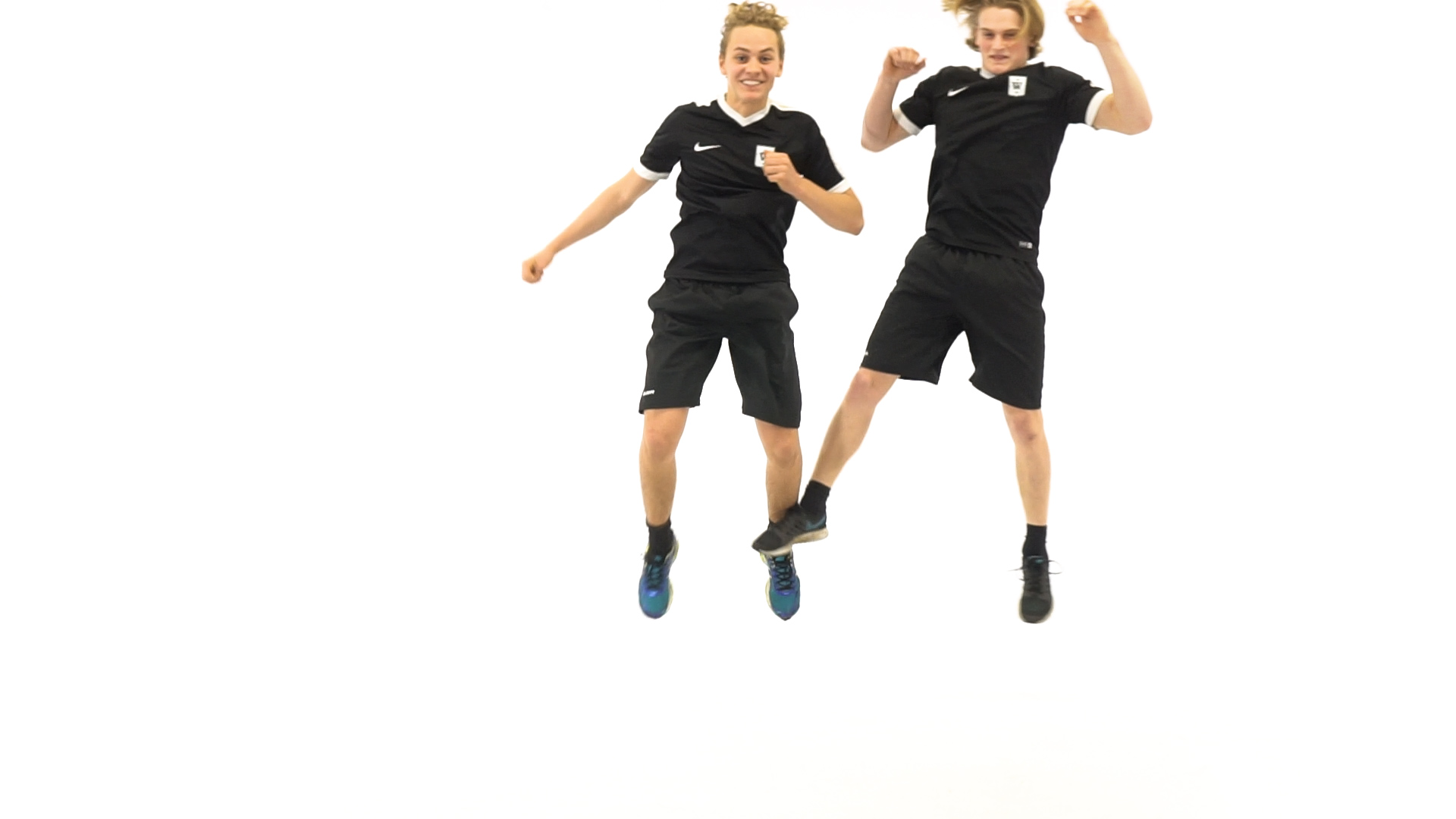 Play video
Jumping with shoulder contact3 x 8–16 repetitions
Play video
Jumping with shoulder contact3 x 8–16 repetitions -
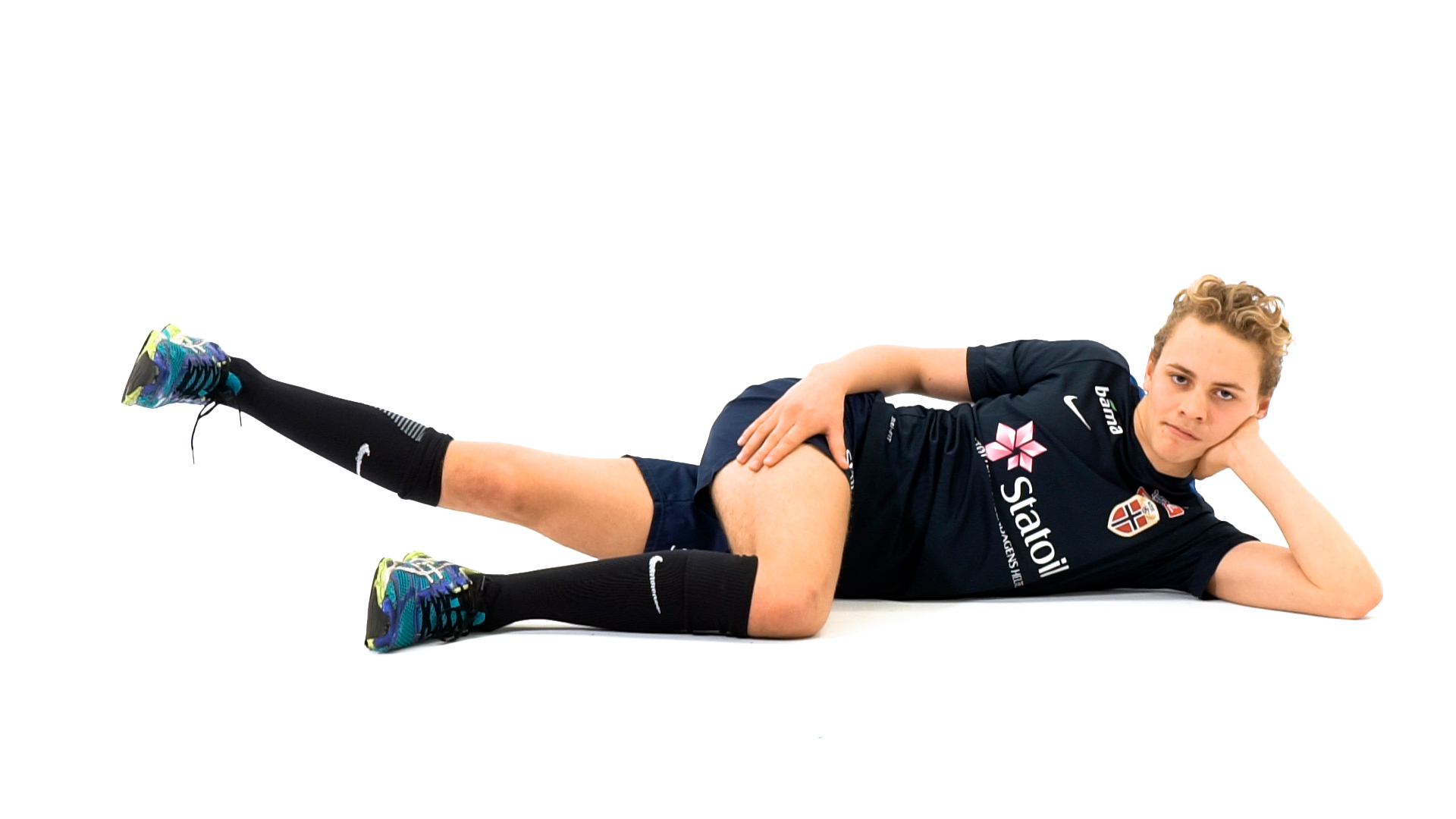 Play video
Sidelying-Adduction3 x 8-16 repetitions
Play video
Sidelying-Adduction3 x 8-16 repetitions -
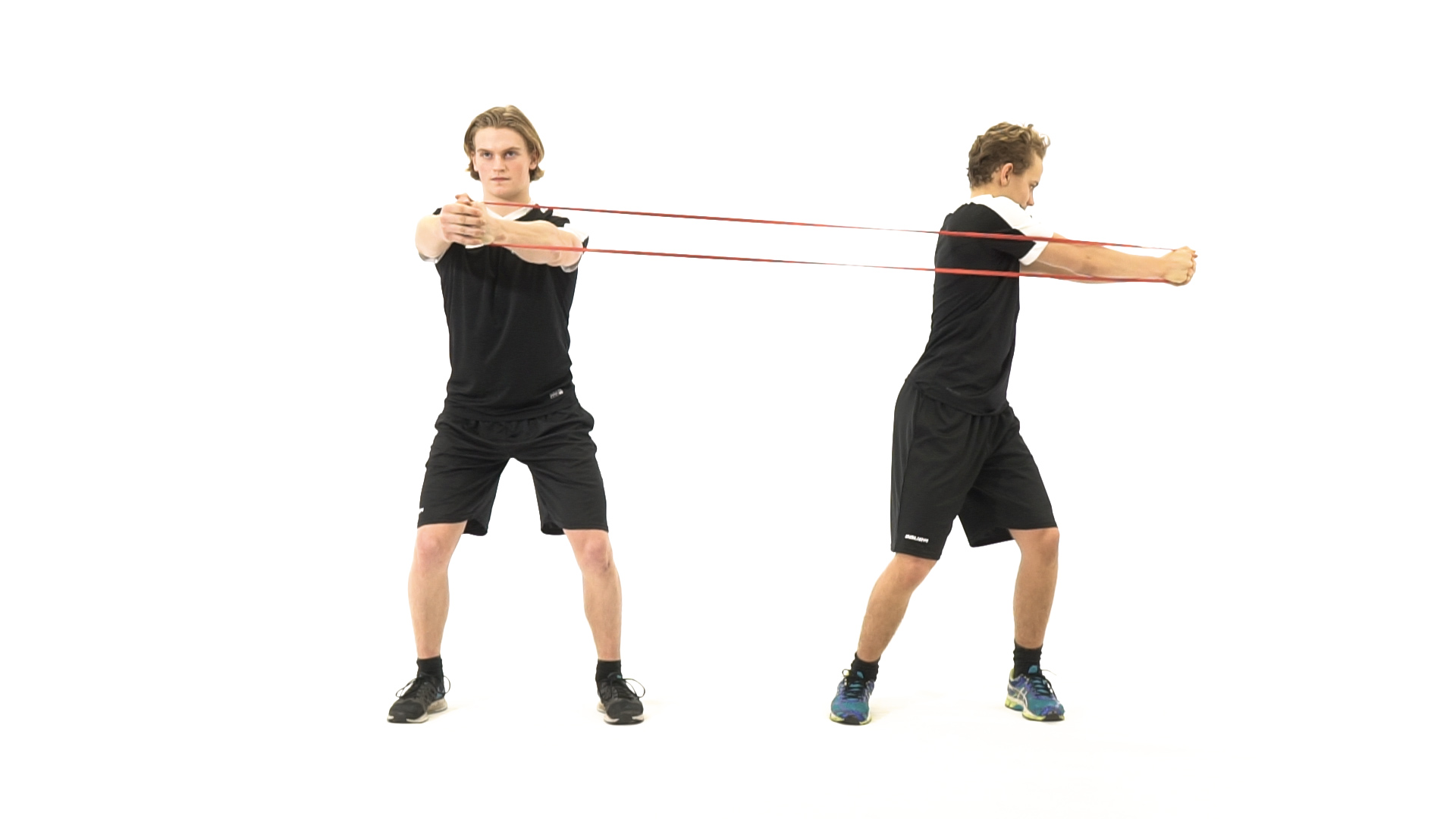 Play video
Rotational strength3 x 8–16 repetitions
Play video
Rotational strength3 x 8–16 repetitions -
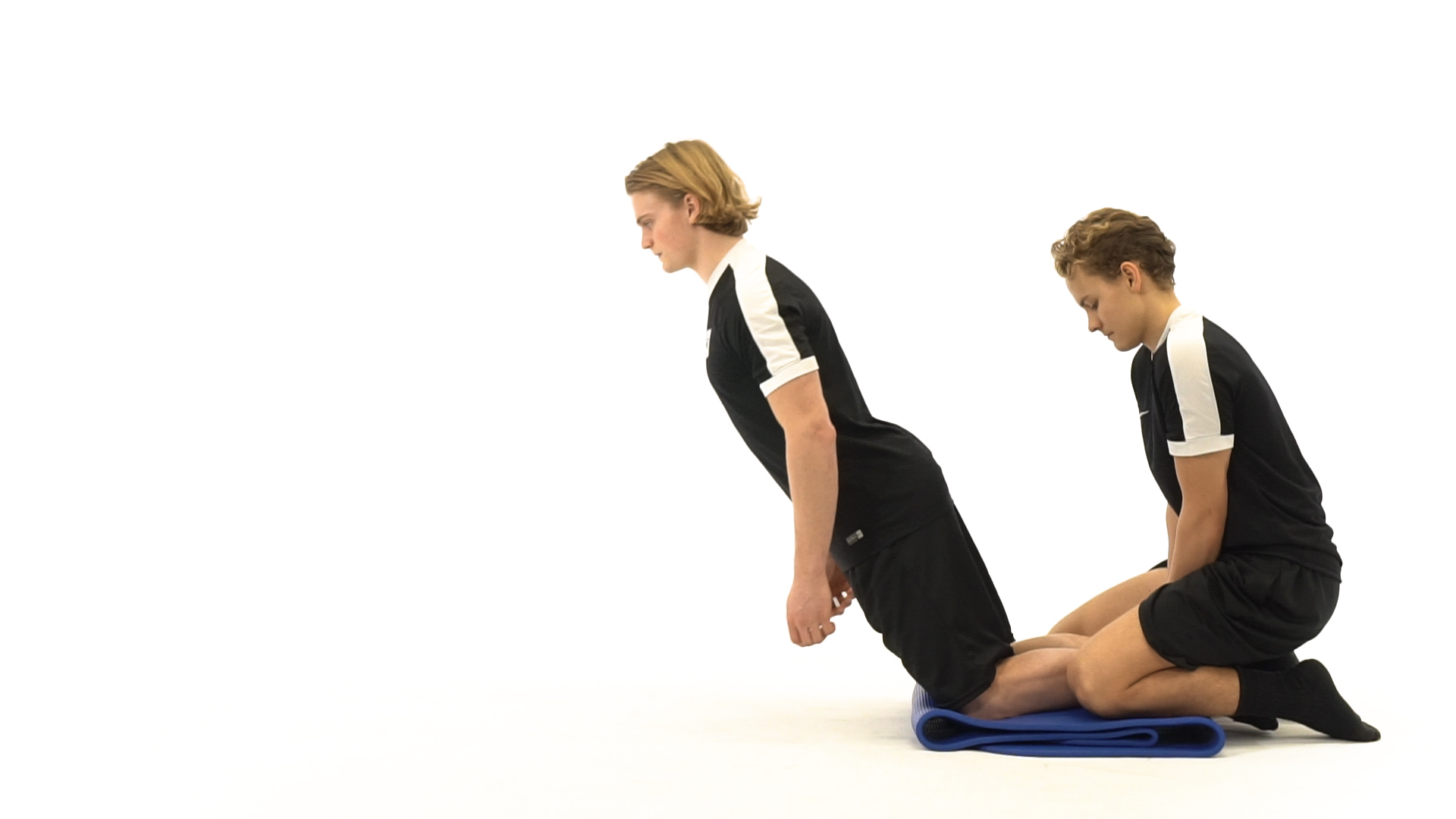 Play video
Nordic Hamstrings3 x 3–5 repetitions
Play video
Nordic Hamstrings3 x 3–5 repetitions
